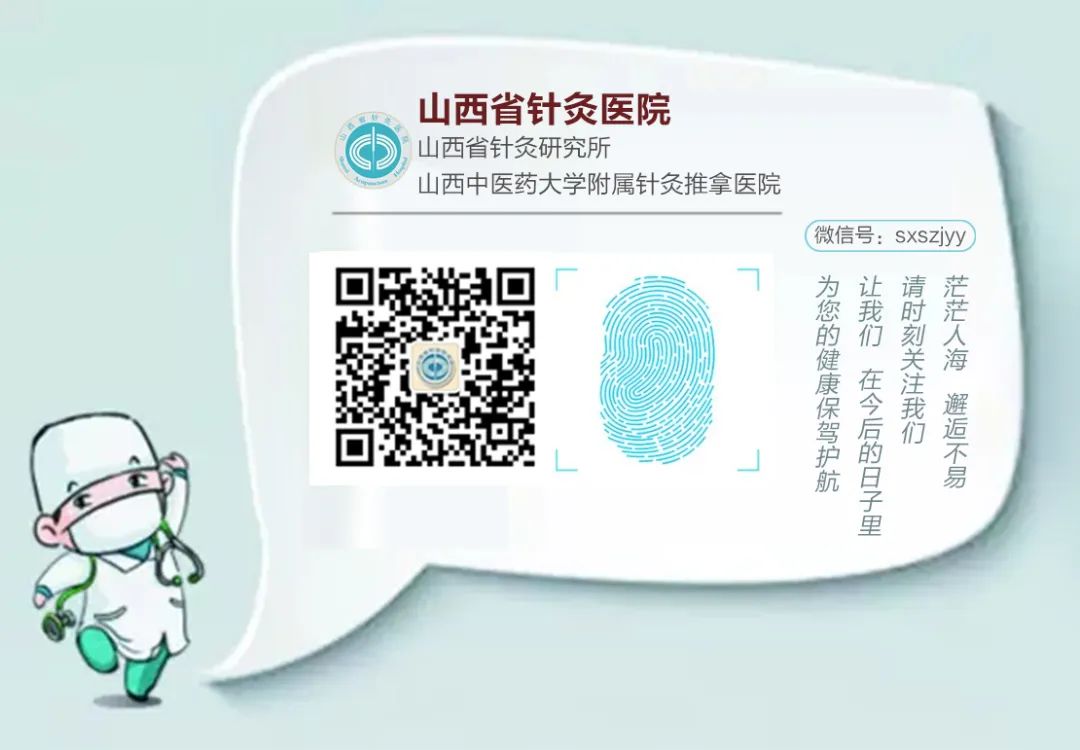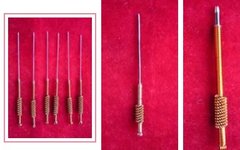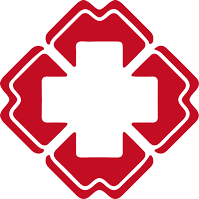
Click the blue text above to follow us


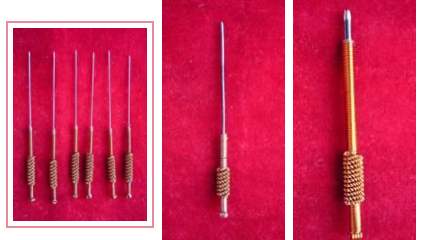
Fire Needle
(1)The fire needle is developed from the “Ancient Nine Needles” technique, specifically the “Large Needle”. Fire needles are categorized into: single-headed fire needles, flat-headed fire needles, and multi-headed fire needles. The needles are primarily made of tungsten wire, which is high-temperature resistant, does not anneal, has minimal deformation, and maintains high hardness at elevated temperatures.
(2)Operating Methods
Needle Holding Method
Hold the needle with the thumb, index, and middle fingers as if holding a pen.
Needle Burning Method
Hold the needle in the right hand and an alcohol lamp in the left hand. Tilt the needle at a 45-degree angle in the flame until the front two-thirds of the needle turns red; for the three-headed fire needle, only the tip needs to be heated until red.
Puncturing Method
For point puncture, after heating the fire needle in the alcohol flame, lightly touch the skin and immediately withdraw the needle. An assistant should press the needle hole with a sterilized cotton ball to alleviate pain. This method is commonly used with sharp-headed, flat-headed, three-headed, and fire-tipped needles.
For point retention, after heating the fire needle until red, lightly touch the skin and wait for the needle to cool before withdrawing. This method can be used with sharp-headed, flat-headed, three-headed, and fire-tipped needles, and is more effective for warming meridians.
For shallow puncture, after heating the fire needle until red, insert it subcutaneously by 1-2 fen (0.3-0.6 cm) and immediately withdraw. An assistant should press the needle hole with a sterilized cotton ball to alleviate pain. This method can be used with various sharp-headed fire needles and is more effective than point puncture.
For shallow retention, after heating the fire needle until red, insert it subcutaneously by 1-2 fen, wait a moment, and withdraw after the needle cools. An assistant should press the needle hole with a sterilized cotton ball to alleviate pain. This method is commonly used with various sharp-headed fire needles and is more effective than shallow puncture.
For deep puncture, after heating the fire needle until it is bright red and white, insert it into the muscle subcutaneously by about 5 fen to 1.5 cun (1.5-4.5 cm) and immediately withdraw, applying light pressure to the needle hole to alleviate pain. This method is suitable for sharp-headed fire needles and is effective for deeper conditions.
For deep retention, after heating the fire needle until it is bright white, insert it into the muscle subcutaneously by about 0.5 to 1.5 cun, wait a moment, and withdraw after the needle cools, applying light pressure to the needle hole with a sterilized cotton ball. This method is suitable for sharp-headed fire needles and can quickly warm and tonify Yang Qi in patients with weak Yang.
Key Operating Principles: Steady, Accurate, Quick.
(3)Effects
Promotes diuresis and reduces swelling, clears heat and dispels pathogens; warms Yang and tonifies Qi, restores Yang and secures collapse; warms meridians and promotes circulation, dispels dampness and cold; resolves stasis and dissipates nodules, expels toxins and clears heat; tonifies the middle and benefits Qi, raises Yang and lifts sinking Qi; prevents diseases and strengthens health.
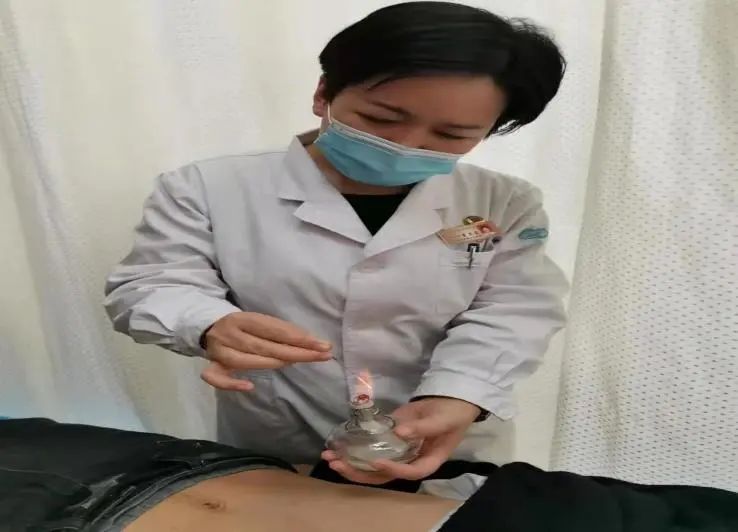

(4)Indications
Acute and chronic gastroenteritis, chronic colitis, ulcerative colitis, constipation, and other digestive system diseases; rheumatoid arthritis, rheumatoid joint disease, ankylosing spondylitis, and other rheumatic immune diseases; pain in the neck, shoulders, waist, knees, and ankles, synovitis, and other bone and joint diseases; psoriasis, neurodermatitis, chronic eczema, urticaria, herpes zoster, warts, corns, and other skin diseases; external hemorrhoids, perianal abscess, and other anorectal diseases.
END
